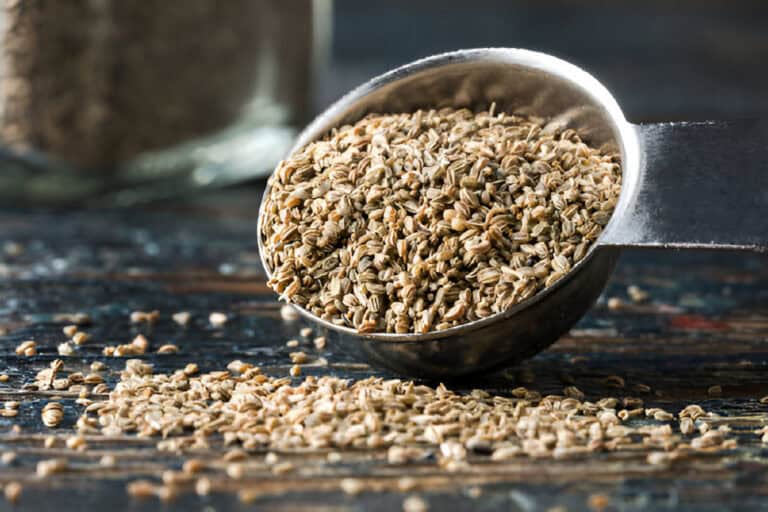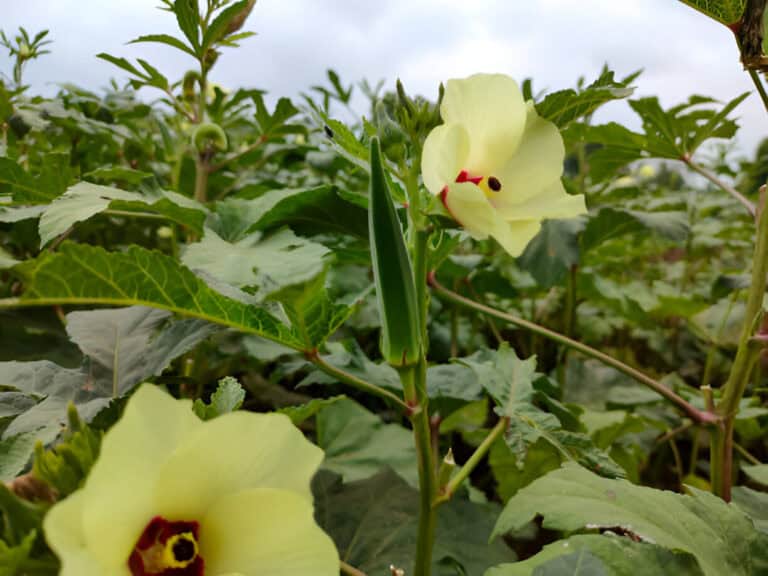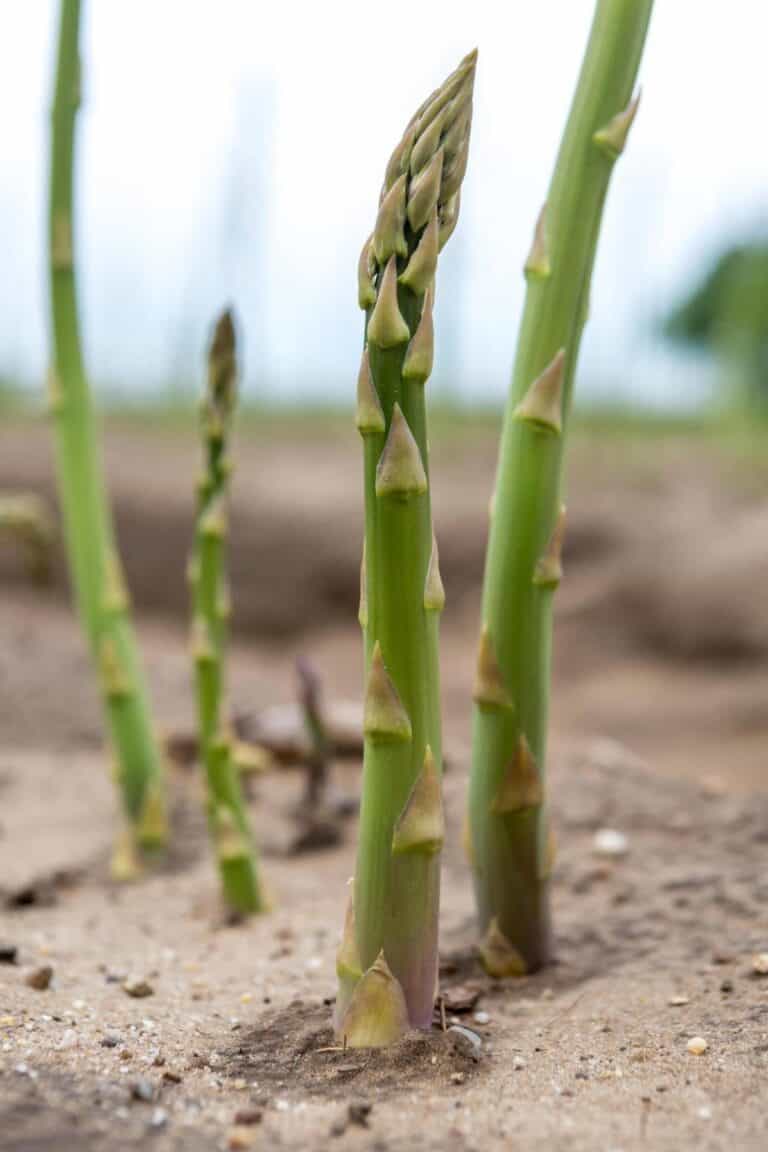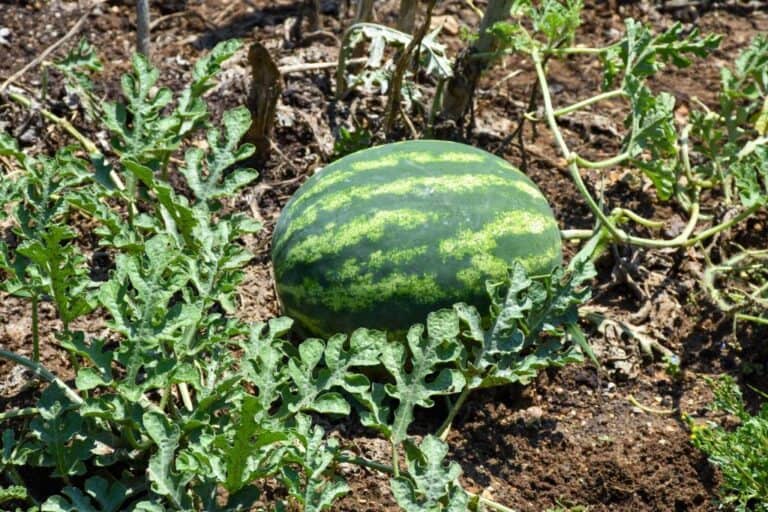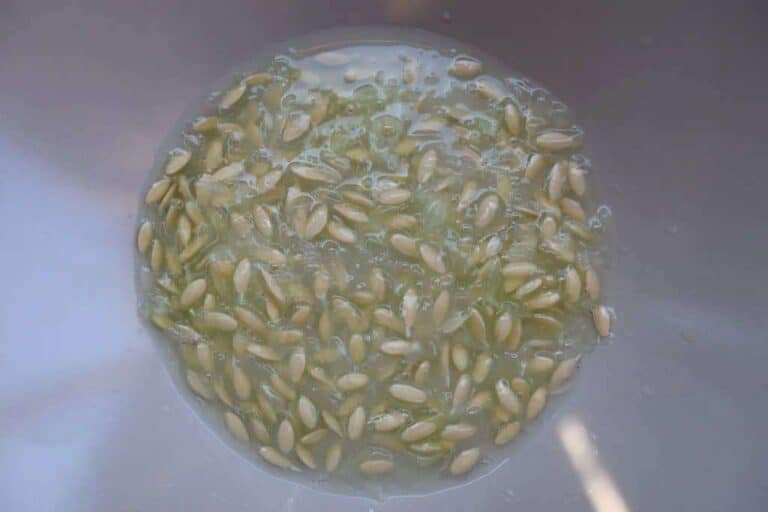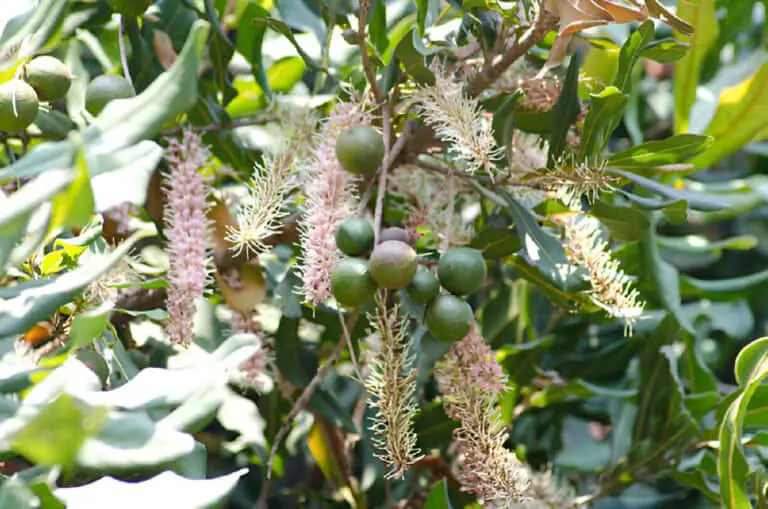When to Start Feeding Hydroponic Seedlings: A Comprehensive Guide
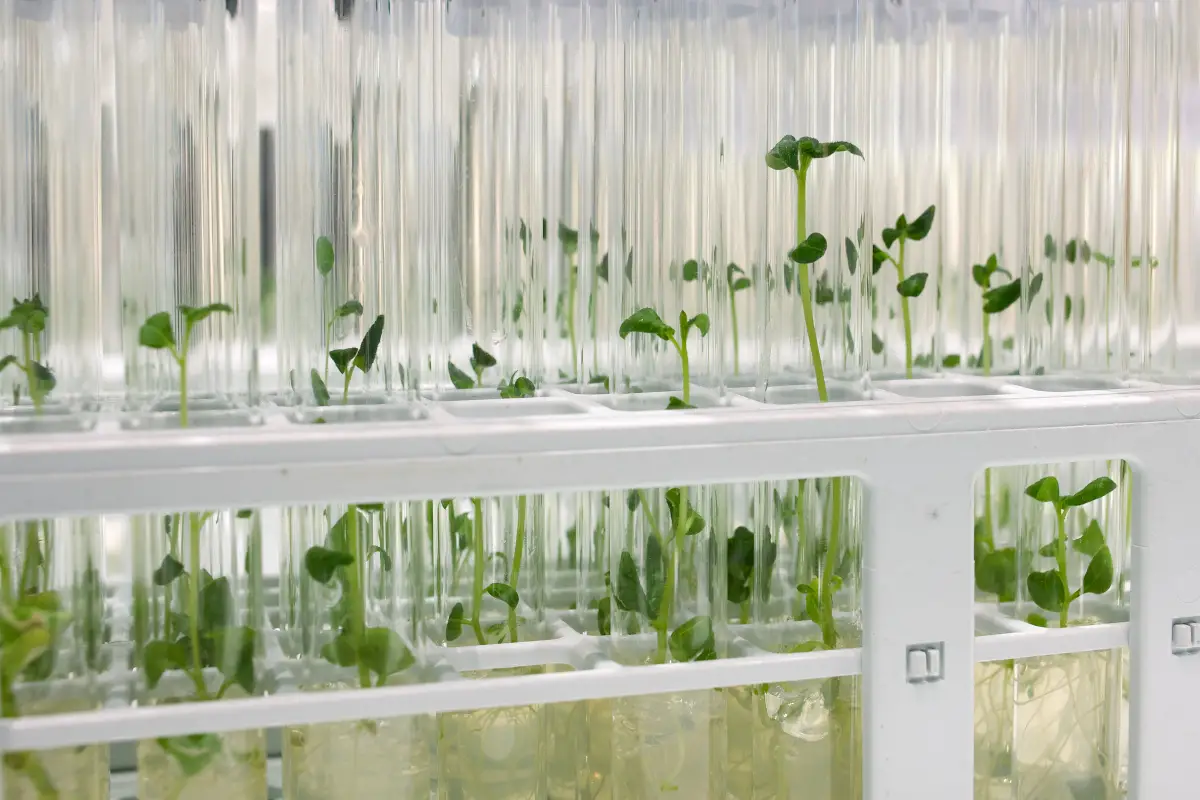
So, you’ve jumped into the world of hydroponics, and your seedlings are off to a promising start. But then the big question looms: When do you start feeding these little green darlings?
It’s like deciding when to feed a baby solids—you want to get it just right, not too early, not too late. You don’t want to stunt their growth with a rookie mistake or overwhelm them with too many nutrients too soon.
So, let’s dive into the nitty-gritty of when and how to start feeding your hydroponic seedlings, and trust me, it’s not as daunting as it seems.
The Importance of Feeding Hydroponic Seedlings
Feeding hydroponic seedlings at the right time is crucial for their healthy development. Without soil, hydroponic plants rely entirely on a nutrient solution for essential minerals, making the timing of their first feeding critical. Starting too early can overwhelm tender seedlings, while waiting too long may stunt growth, depriving them of vital nutrients during a key stage of development.
Several factors influence when to begin feeding. The seedling’s age, size, and the appearance of true leaves are primary indicators. True leaves are the first signs that a plant is ready to absorb nutrients. Additionally, the type of hydroponic system being used and the specific plant species can affect when to introduce the nutrient solution.
Temperature and water quality also play important roles in nutrient timing. Cool temperatures can slow growth, delaying the need for feeding, while poor water quality can reduce the efficiency of nutrient uptake.
The Waiting Game: Timing Is Everything
You can think of seedlings as tiny green teenagers—they’re growing, finding their roots, and still pretty delicate. The first thing to remember is that patience pays off.
Typically, seedlings don’t need feeding until they’ve sprouted their first true leaves. Those tiny leaves that pop out first, called cotyledons, are like the training wheels on a bike. They get the plant started but eventually drop off. When those true leaves make their debut, that’s when your seedlings start to need a little more than just water.
Timing Cheat Sheet:
| Stage | Description | Action |
| Cotyledon Stage | Initial leaves after seed germination | No feeding, rely on seed nutrients |
| True Leaf Appearance | First true leaves develop | Begin light nutrient feeding |
| Established Seedling | Multiple leaves, root development | Gradually increase nutrient concentration |
| Check out: Choosing Hydroponic Reservoirs for Your System |
Testing the Waters: How to Introduce Nutrients
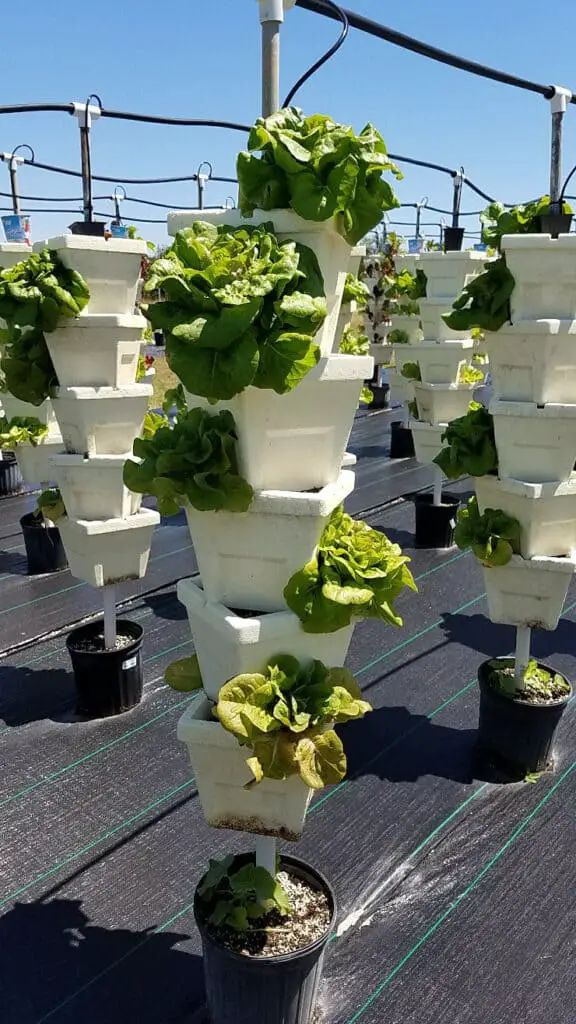
Now, the trick is to ease them in gently. Imagine going from sipping water to chugging a protein shake—your seedlings don’t want that shock. Start with a weak nutrient solution, about a quarter of the regular strength.
It’s like giving your plants a sip rather than a gulp. You’re testing the waters, literally and figuratively. Gradually, as they grow more robust, you can dial up the nutrients. Think of it as moving from a starter set of dumbbells to a full gym setup.
| Related: Best Seeds for Hydroponics: From Herbs to Vegetables |
Don’t Go Overboard: Less Is More
I can’t stress this enough: less is more when it comes to feeding hydroponic seedlings. Overfeeding can lead to nutrient burn, where the tips of the leaves turn crispy and brown—a plant’s way of saying, “Whoa, too much!” In hydroponics, where plants get everything directly from the water, it’s easy to overdo it. So, tread lightly.
Common Signs of Overfeeding:
- Brown Leaf Tips: A clear sign of nutrient burn.
- Stunted Growth: Seedlings may stop growing if overwhelmed.
- Leaf Curling: Too much too soon can cause leaves to curl or wilt.
The Goldilocks Zone: Finding the Right Balance
Getting your seedlings to thrive is all about balance—finding that sweet spot where they have just enough nutrients to grow strong without overwhelming them. In hydroponics, pH plays a huge role in nutrient uptake.
Seedlings generally prefer a pH between 5.5 and 6.5, which allows them to absorb nutrients effectively. If your pH is off, it’s like trying to drink from a clogged straw; they’ll struggle to get what they need. Keep a pH meter handy, and adjust as needed to keep things in that Goldilocks zone—not too high, not too low, just right.
Optimal pH and EC Levels:
| Growth Stage | Optimal pH Range | Electrical Conductivity (EC) |
| Germination | 5.5 – 6.0 | 0.4 – 0.5 |
| Early Seedling | 5.5 – 6.5 | 0.5 – 0.7 |
| Established Seedling | 5.5 – 6.5 | 0.8 – 1.2 |
Keeping It Fresh: Changing the Solution
You wouldn’t let your morning coffee sit out all day and expect it to taste good by evening, right? The same goes for your nutrient solution. It’s important to keep it fresh to avoid the buildup of salts and other compounds that could mess with your seedlings’ growth.
Aim to change your nutrient solution every one to two weeks, depending on the size of your reservoir and the number of plants. This routine keeps things clean and ensures your seedlings are getting the best start in life.
| Also read: Special Seeds for Hydroponics: Do You Need Them? |
Troubleshooting: What to Do When Things Go South
Let’s be real—sometimes things go sideways. If your seedlings aren’t thriving, it might be time to troubleshoot. Are they getting enough light? Hydroponic seedlings need around 12-16 hours of light daily, but not direct sunlight. If they’re leggy and reaching, they might be craving more. Are the roots healthy? Look for signs of root rot, such as brown or mushy roots.
If you’re ever in doubt, take a step back and look at the basics of hydroponic: light, water, nutrients, and pH. Often, the solution is hiding in one of these core areas. Remember, growing hydroponic plants is as much an art as it is a science. And like any artist, you’ll learn and adjust as you go.
Common Issues and Fixes:
| Issue | Possible Cause | Solution |
| Yellowing Leaves | Nitrogen deficiency | Adjust nutrient mix |
| Droopy Seedlings | Overwatering or poor light | Improve drainage or adjust light exposure |
| Slow Growth | Low nutrients or light | Check nutrient levels and light duration |
Wrapping It Up: The Patience Game
Starting hydroponic seedlings isn’t rocket science, but it does take a bit of finesse and a lot of patience. The key is to start feeding once those true leaves show up, and to keep the solution light and balanced. Don’t rush it—like baking a cake, it needs time to rise and come together perfectly.
So go ahead, give your seedlings the attention they deserve, and watch them transform from tiny specks into thriving plants. Remember, every successful hydroponic garden starts with a seed—and a bit of know-how. Now, get growing!

